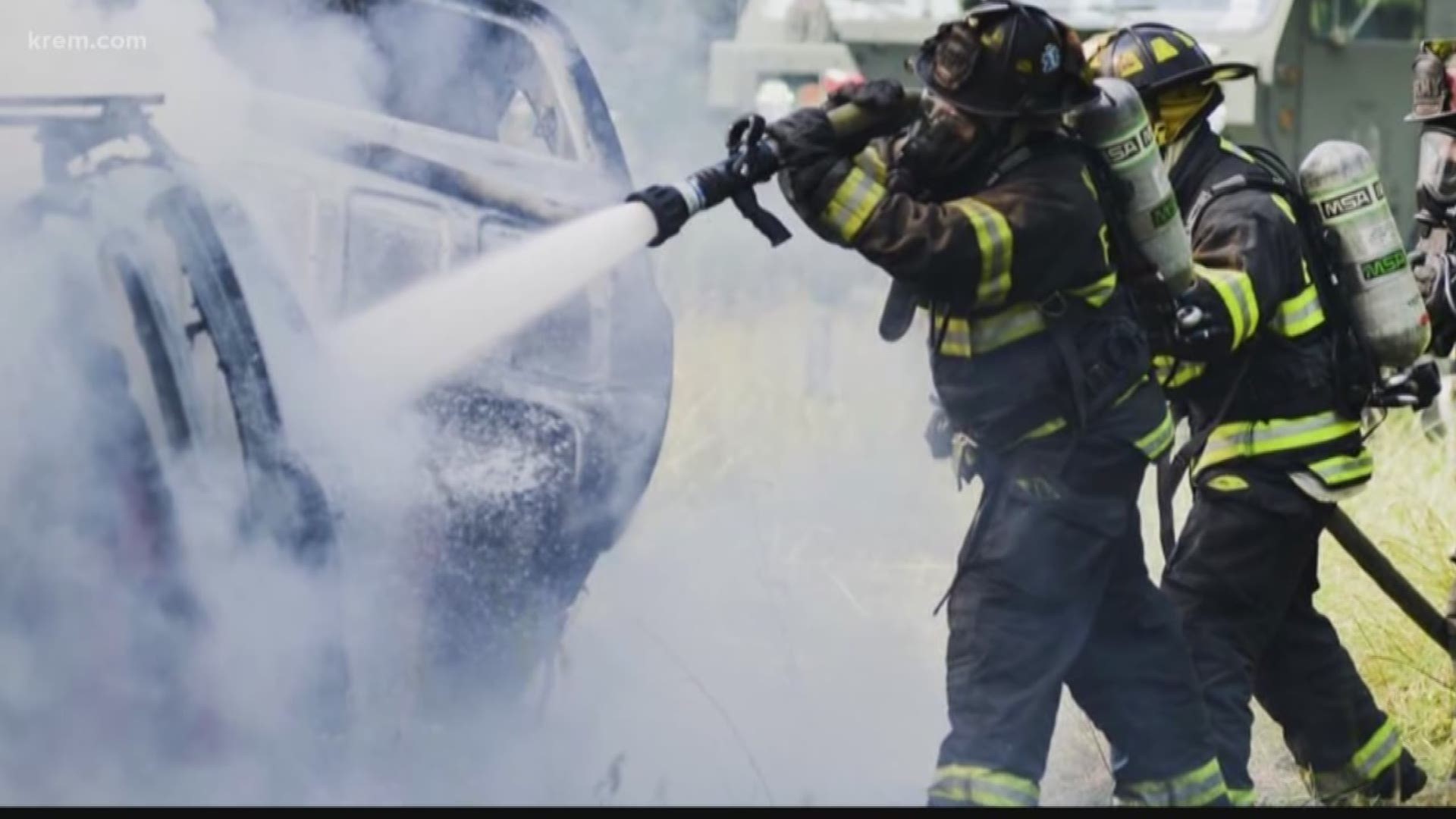
Ask kids what they want to be when they grow up, and “firefighter” will be a common answer. This childhood fantasy follows some of us into adult life. It’s a job that comes with real respect, and even glamour. You get to be a genuine hero, saving old ladies and babies from burning buildings. But it’s a deadly profession whose entry requires intense training and education.
Basic Suppression Skills
You can’t join a fire department without first knowing the theoretical and practical aspects of the job. These are taught at a fire academy, or through a state-certified online firefighter training program.
You’ll learn to be handy with a hook and ladder, the jaws of life, hoses, ropes and other gear. You’ll also be educated on how fires spread, and to distinguish different fire classes based on the fuel type. This is critical for effectively doing your job. Once your dispatcher gives you the hard facts, you’ll have to plan your strategy on the fly.
To act efficiently, you’ll also need a crash course in construction. Firefighting in wooden buildings will differ from brick, stone or concrete structures. Furthermore, you’ll become familiar with reading floor plans to find utility shut-offs, and deciding precisely where to make holes when forcibly ventilating a building.
Technical Rescue Techniques
There’s a reason the job is called “fire and rescue.” As first responders, firefighters are responsible for evacuating people and pets from danger zones, fire-related or otherwise. However, extraction methods and tools will vary in a vehicle vs. an elevator, a basement or high-rise apartment. Difficulties are added when toxic materials are present. Basic firefighting courses cover various rescue operations for specific situations, including hazmat recognition and safe handling.
Additionally, all first responders are expected to provide basic life support for those in their care. Firefighter classes teach you to perform emergency first aid procedures, including CPR and the Heimlich maneuver, until EMTs arrive.
The firefighting field is exciting, and also dangerous. You must master the full skill set before committing to this career.
